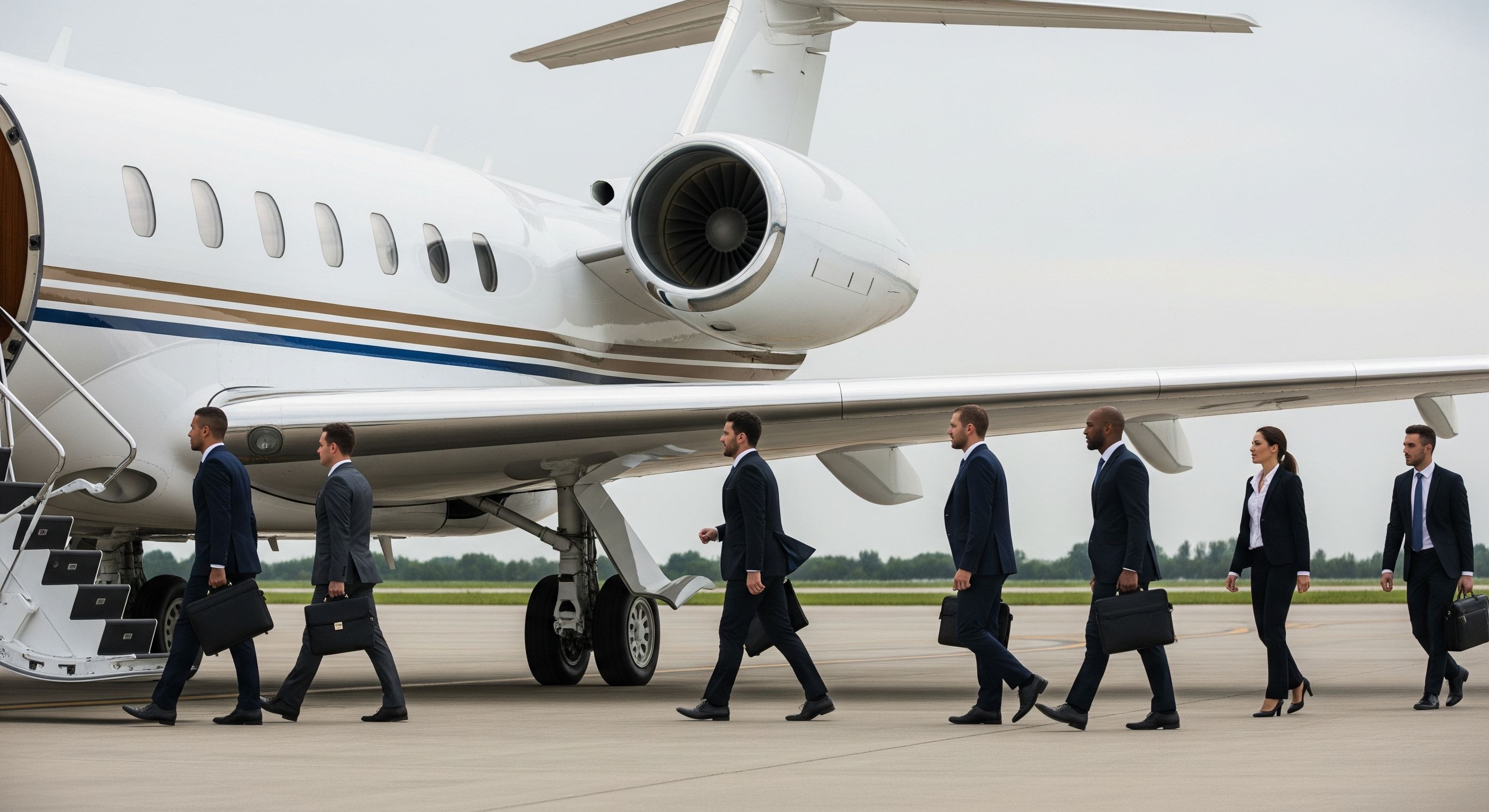
Insights & News
Wing loading definition, effects and design
July 18, 2025
All
Sustainable Travel
European Events
Innovations & the Future of Aviation
Private Jet
Insights & News
Experiences & Destinations
Empty legs

Insights & News
July 18, 2025
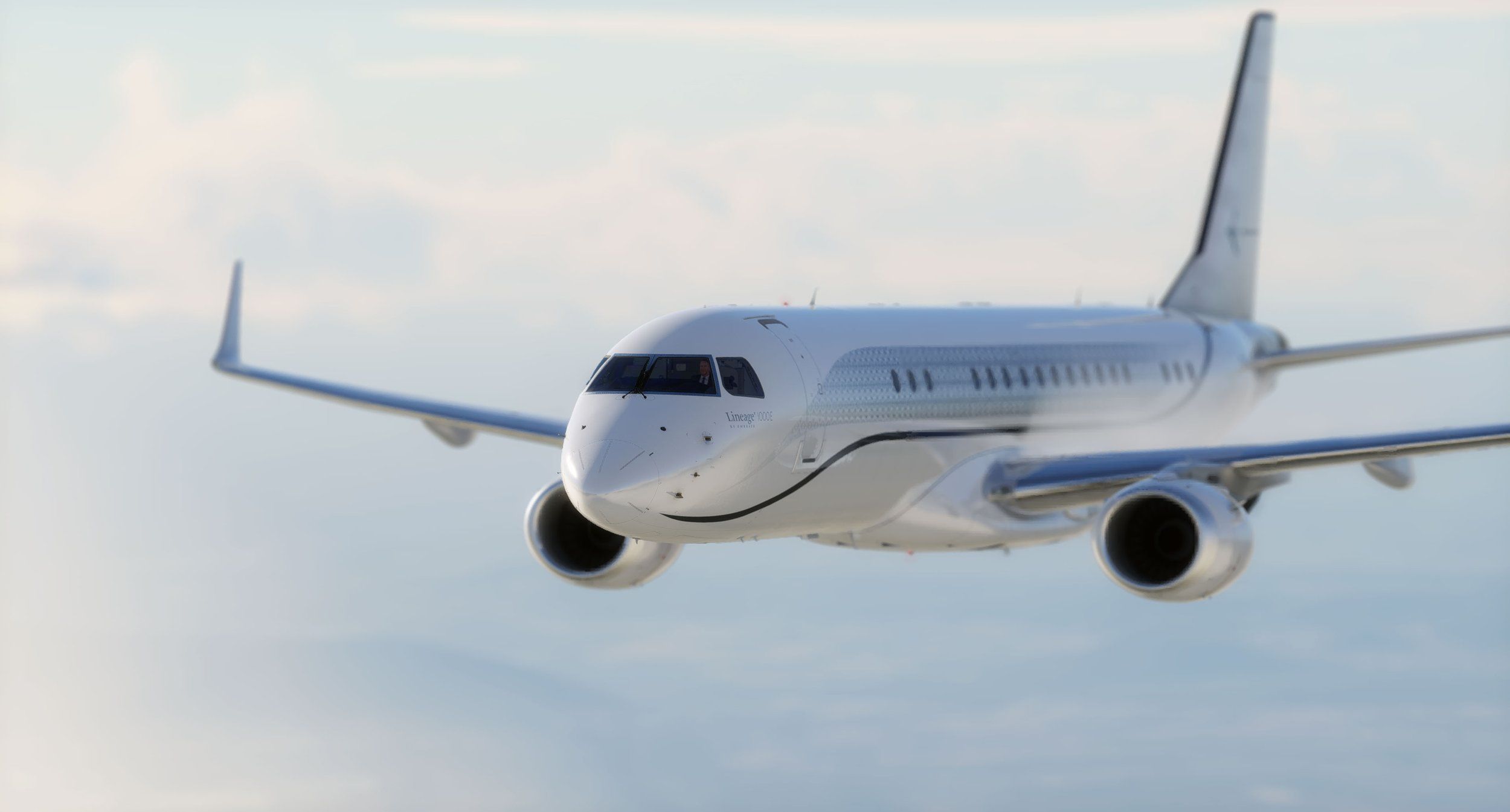
European Events
July 18, 2025
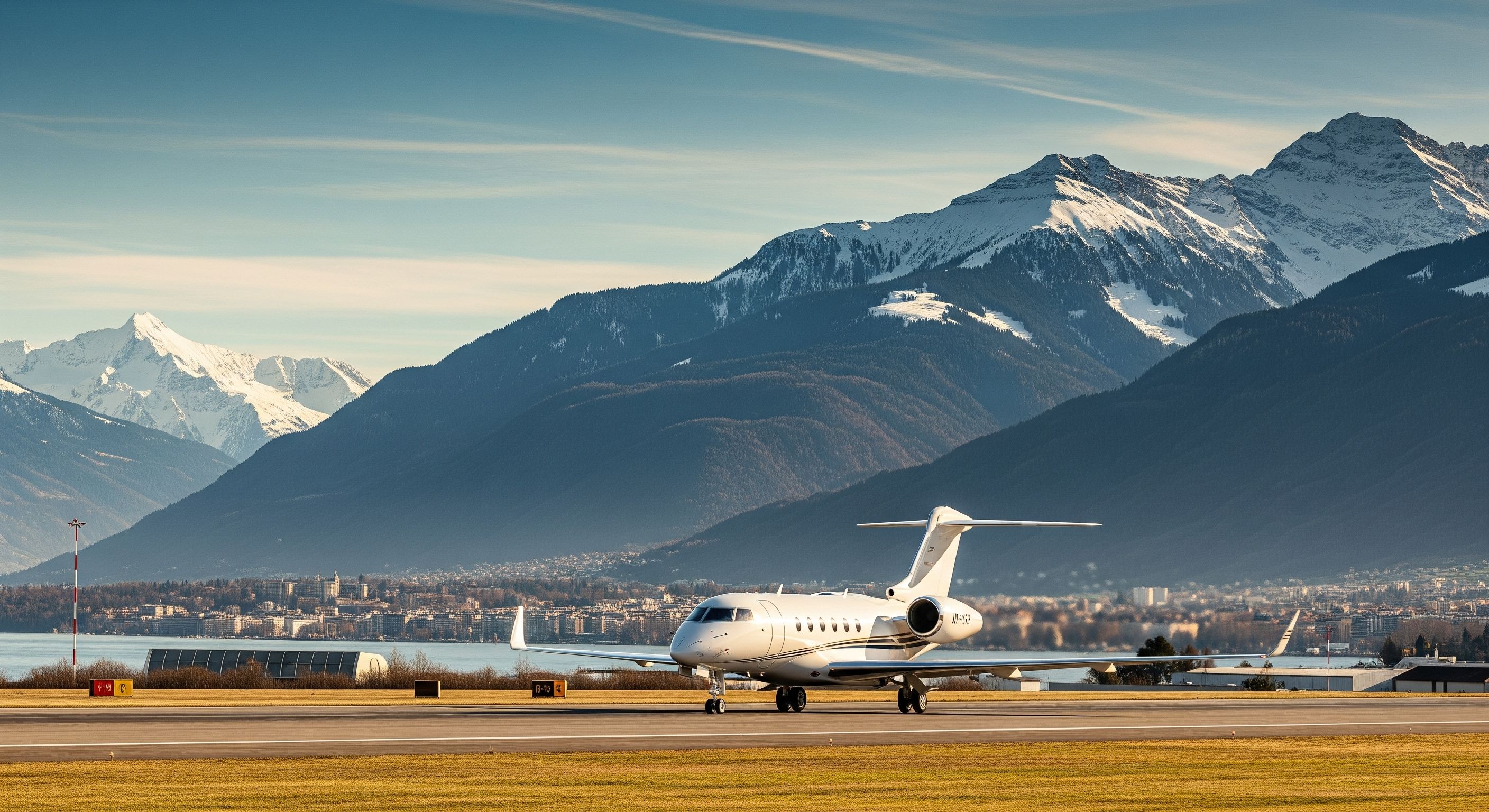
Experiences & Destinations
July 18, 2025
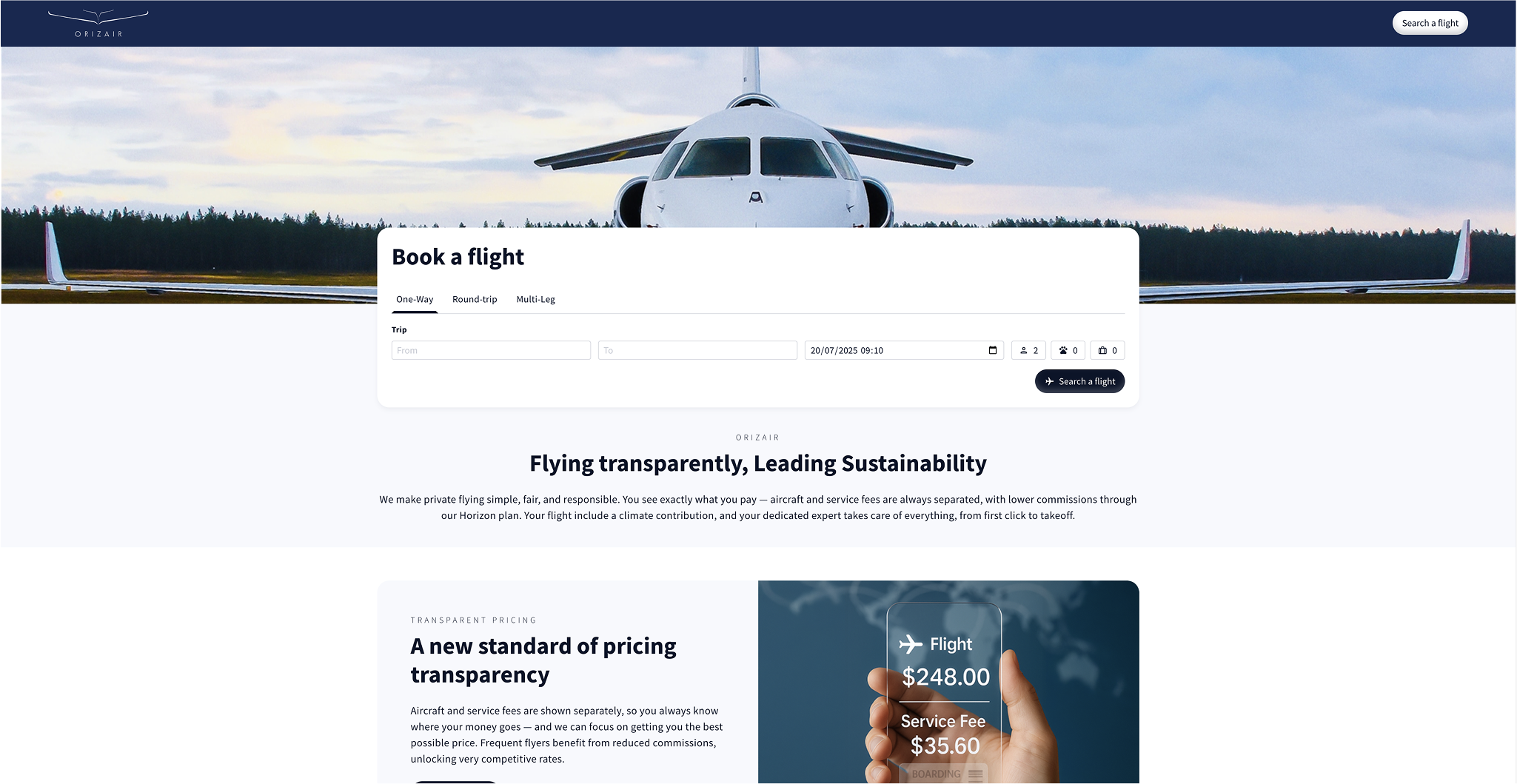
Innovations & the Future of Aviation
July 13, 2025

Empty legs
July 13, 2025

European Events
July 13, 2025
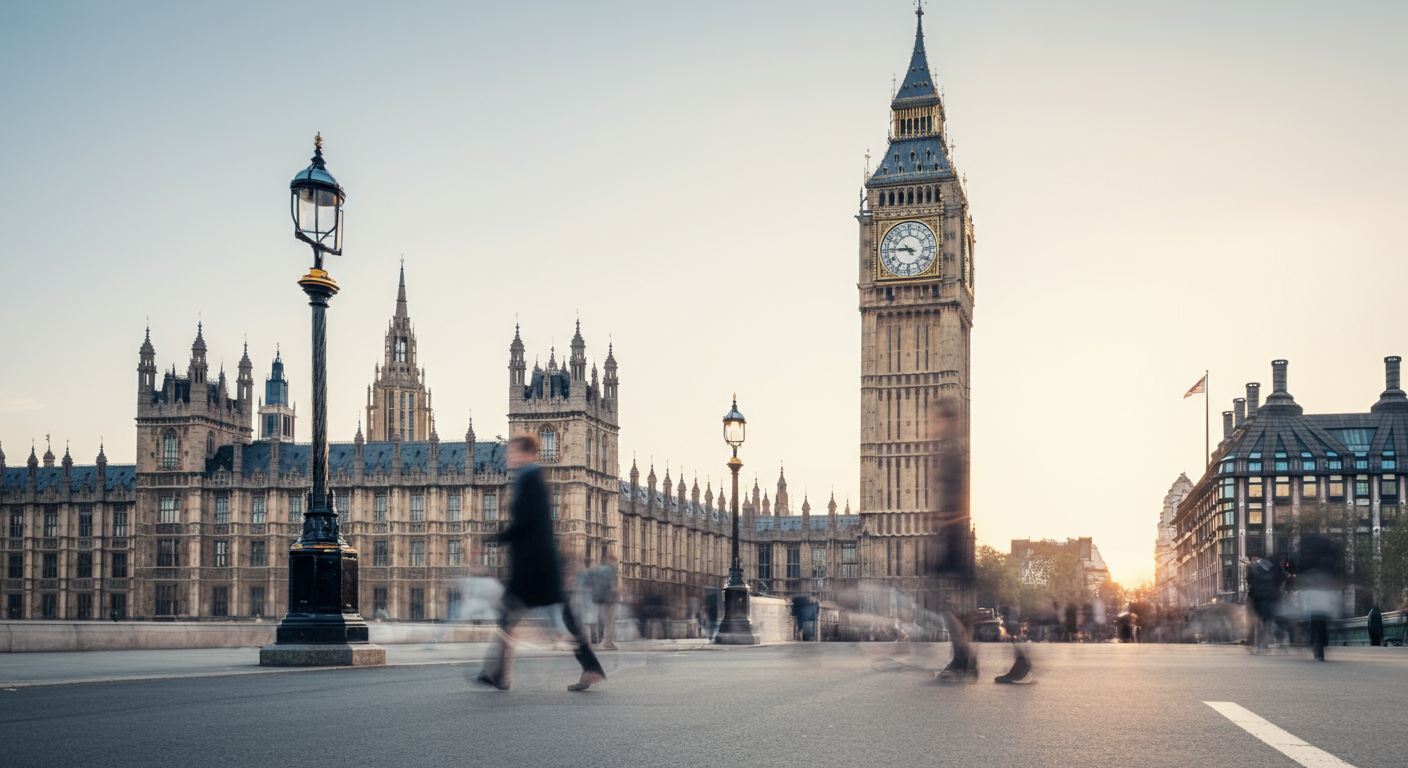
European Events
July 13, 2025
Insights & News
July 13, 2025

Experiences & Destinations
July 13, 2025

Experiences & Destinations
July 13, 2025
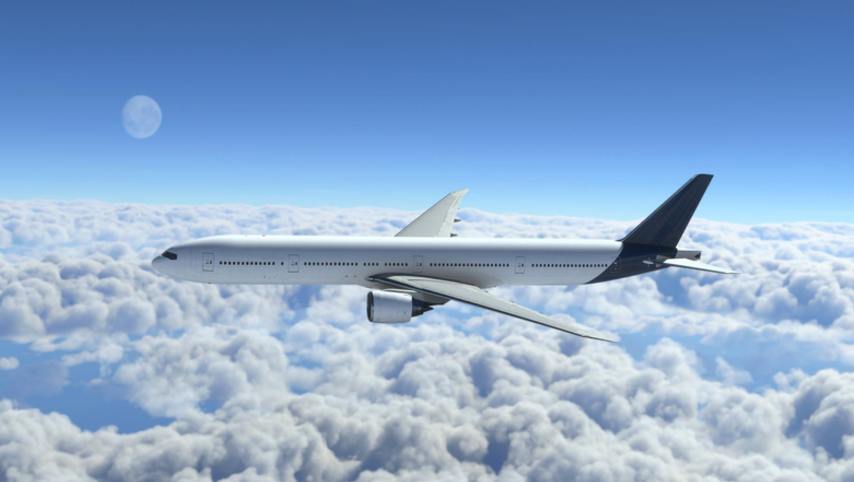
Insights & News
July 13, 2025

Insights & News
July 13, 2025